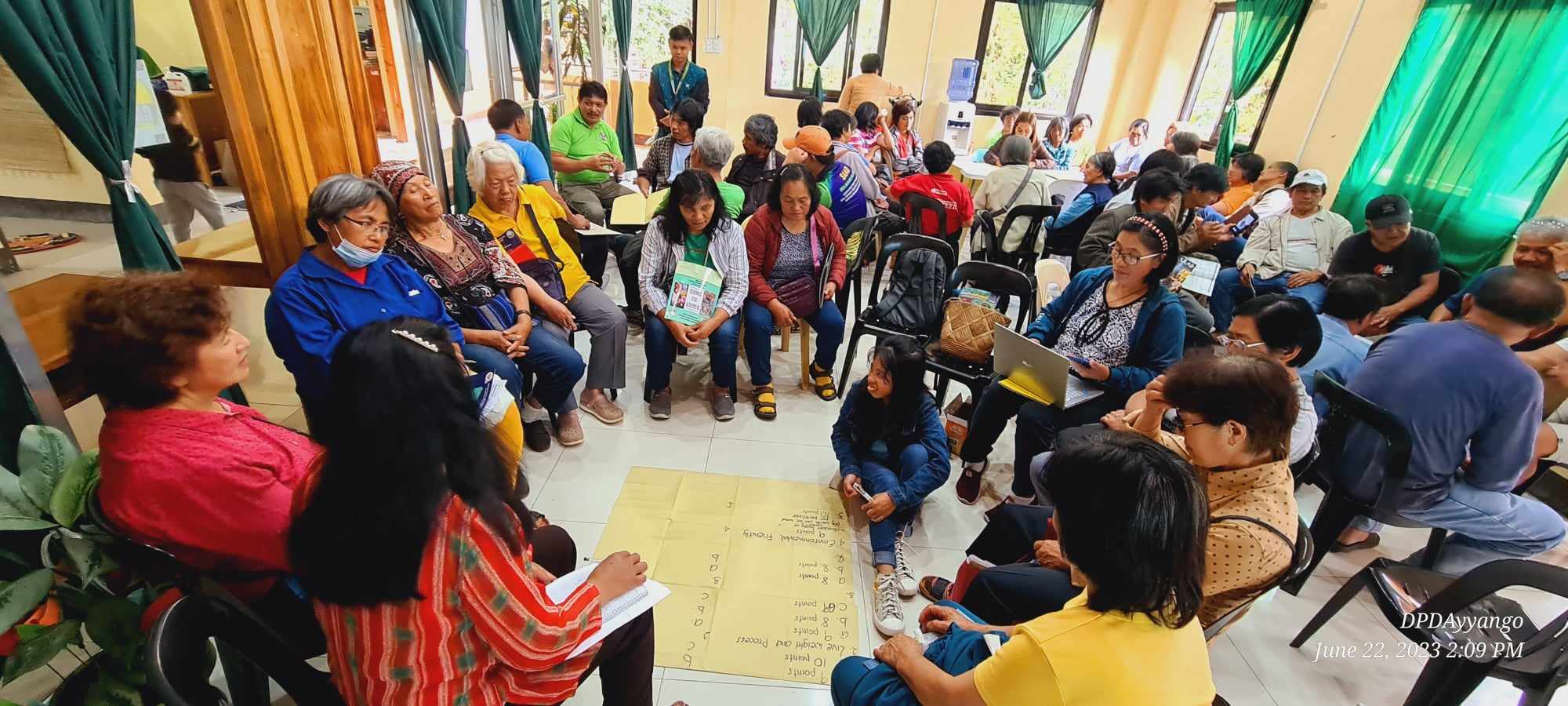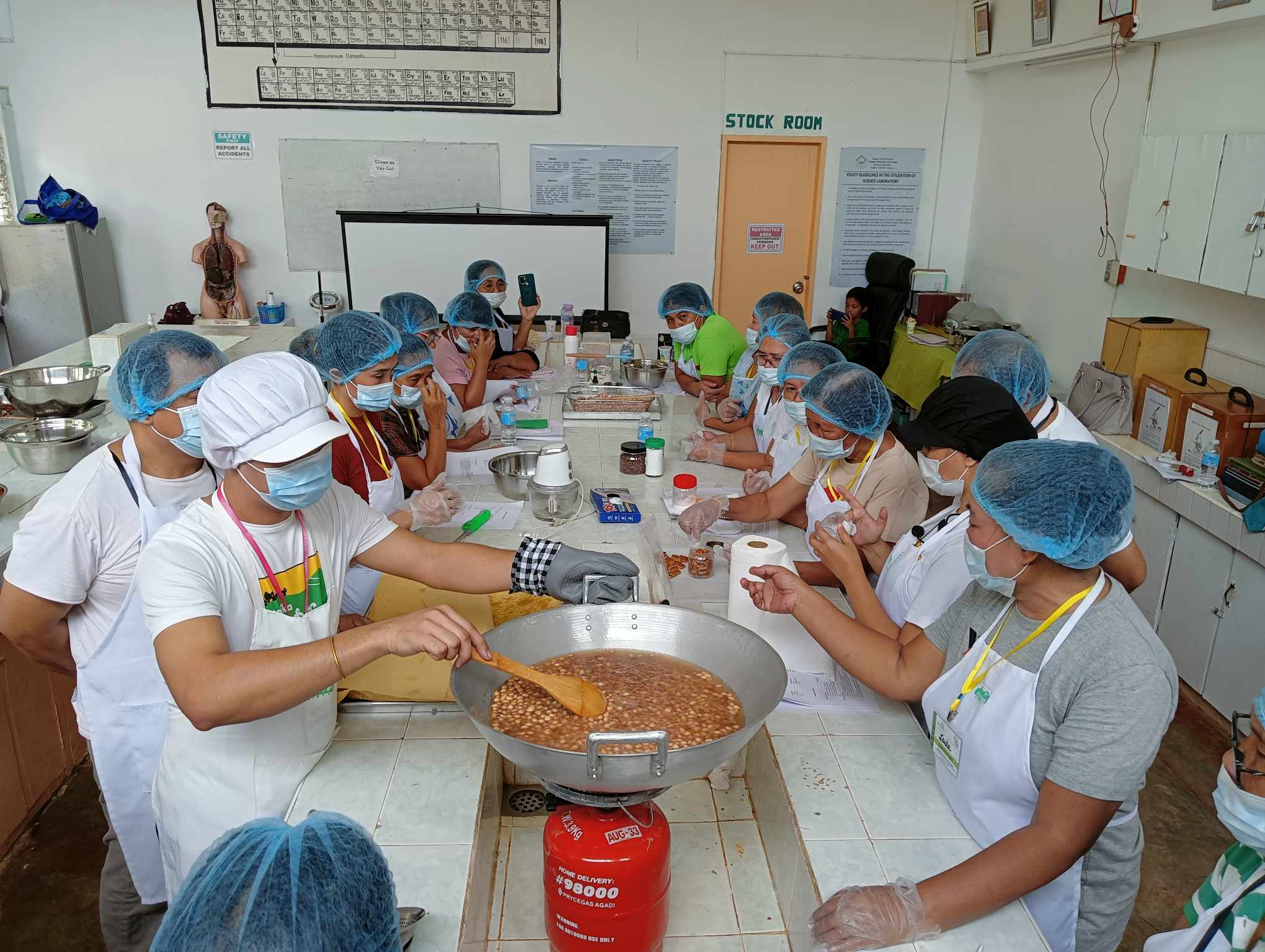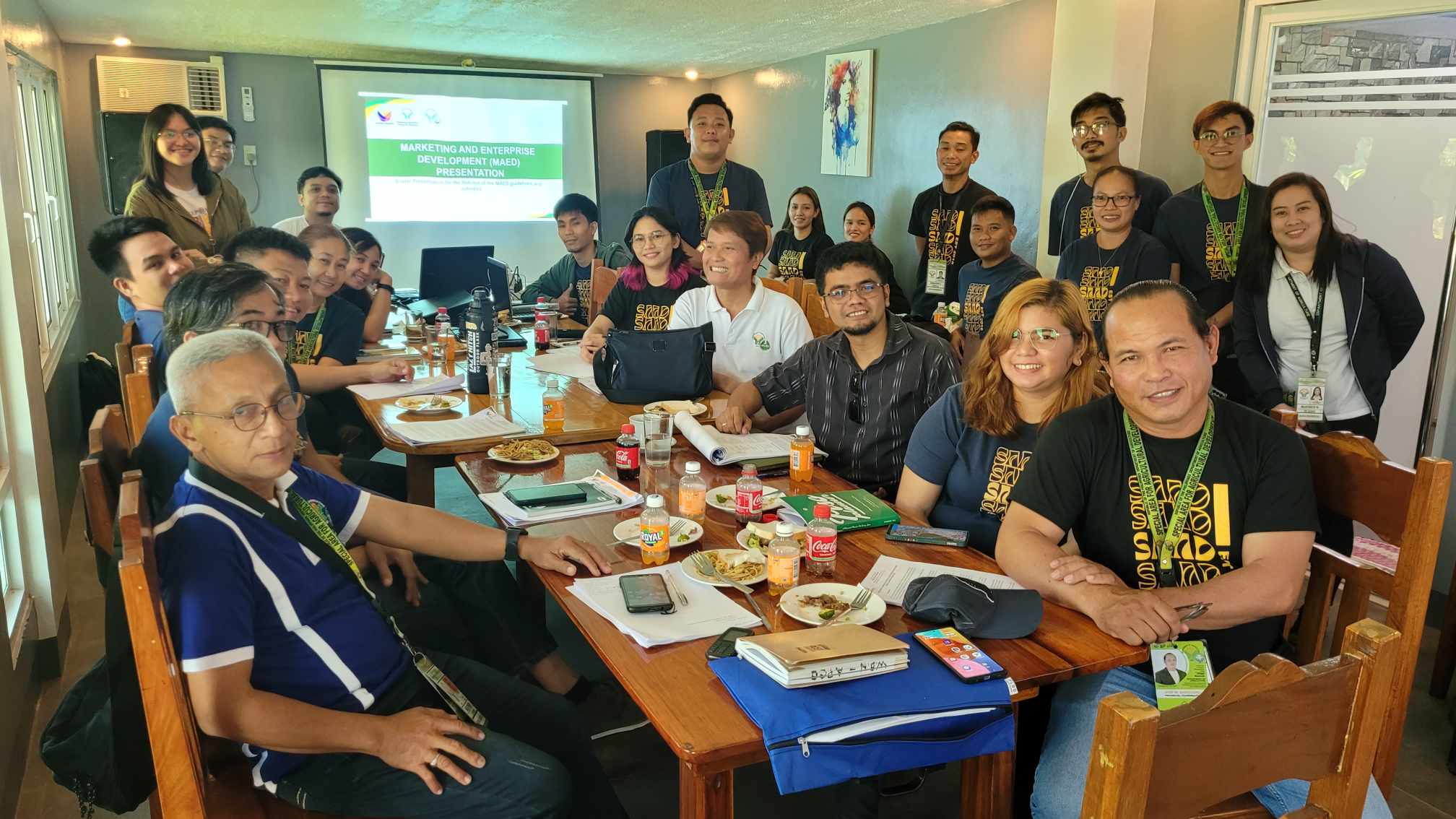Philippines is still an agriculture-based economy where majority of its population lives in rural areas with employment in agriculture reported at 22.10 % in early 2019[1]. The increasing population in the country resulted to increase in the demand for food products, thus much pressures were given to agriculture sector to produce more to feed the ballooning population of the country.
In 2018, the Philippine Seed Market was valued at USD 691 million[2]. However, this industry is still dominated by rice as the most important staple crop in the country, followed by corn, dry beans, and potato, while the main vegetable crops are eggplant, pumpkin, squash, gourds, tomato, and onion. Other important local crops with significant areas of harvest include cassava, sweet potato, pulses, and oilseeds.
New seed varieties in the Philippines are a mixture of seeds bred both by public and private sector, and imported varieties by private companies. However, seed replacement rate is too low (2-25%) and slow.
The most powerful gizmo and foundation for crop production and safeguarding food security is a quality seed. According to Mula (2012)[3], seeds are the lifeblood and foundation of successful farming and a crucial element in the lives of agricultural communities. A good seed has higher physical and genetic purity, germination percentage, vigor, and must be free from pests and diseases. Quality seed of a suitable improved variety is a must to ensure its good productivity at farmers´ field. Ensuring availability of quality seed is a big task faced by most of the countries in Asia and Africa. Most of the varieties currently used by farmers are either very old (sometimes more than 30 years old) or are selections from landraces that yield low, are of poor quality, and are unresponsive to management and modern agronomy. The rate of varietal replacement from farmers must increase to at least 80%, and old varieties need to be phased out to ensure continued gains in production and market value with good returns for farmers.
Currently, the Seeds without Borders has an existing intergovernmental seed-sharing agreement between Cambodia, India, Bangladesh, Nepal, Myanmar, Sri Lanka, Thailand, Laos, Vietnam, and Bhutan. Their vision is to strengthen multinational ties for mutual sharing of genetic resources, improved climate and time-bound growth adaptive crop varieties of seeds for food security and livelihood of farmers, producers, and consumers, specifically the disadvantaged population. The agreement covers several rice-based crops such as maize, wheat, vegetables, rootcrops, pulses, and other crops with the possibility to include many more in the future.
Benefits from the “Seed Without Border” Agreement
- Have access to partner-countries’ research data, methodology and technology. Philippines would have added advantage of other member country’s research data, including results of farmers ‘participatory varietal selection activities, generated in one country to support varietal release in the other country; thereby, fast-tracking varietal development to significantly help improve the standard of agriculture;
- Improve the nutrition and incomes of Filipino farmers in Philippines. Joining the agreement will have better access to better seeds, and better harvests, which will lead to better nutrition and incomes of the farmers and their livelihoods;
- Meet the market demand for high quality seeds compared to high yielding seeds. Joining the agreement will help Philippines to have access to already tested and approved high quality seeds from member countries, especially other crops beyond the staples;
- Development of formal seed system. Joining the agreement will help to boost the economy and ensure a well-managed seed system consisting of good quality seeds;
- Development of new varieties, particularly resilient/climate-smart varieties. Joining the agreement will help Philippines to have access to information and materials of resilient/climate-smart varieties developed from member countries; and
- Reduce resources (time and budget) for research and breeding activities. Joining the agreement will reduce time and budget for breeding activities and evaluation of varieties released in neighboring countries of similar agro-ecologies.
One can argue that formalization of trade in seeds, will improve seed demand-supply scenario between two or more countries. This formalization, however, require a few other issues to be effectively addressed on both sides of the border. The foremost among these is harmonization of seed laws, regulations and certification procedures; others being issues relating agreement on varietal testing, approval, and release of a variety as seed production.
Harmonization of certification standards is one measure which can enable the smooth flow of seeds across the border. This will not only enable seeds trade but will also help farmers in two member countries to have easy access to quality seeds. ###
Writer: Myer G. Mula, Ph.D.
[1] www.fao.org [2] Philippine Seed Sector Analysis – Growth, Trends and Forecast (2019-2024). Research and Markets. May 2019. [3] Mula MG (2012) Seed delivery system: The key for a sustainable pulse agriculture for smallholder farmers. Green Farming International Journal of Applied Agricultural and Horticultural Sciences, 3(6):1.






This Post Has 0 Comments